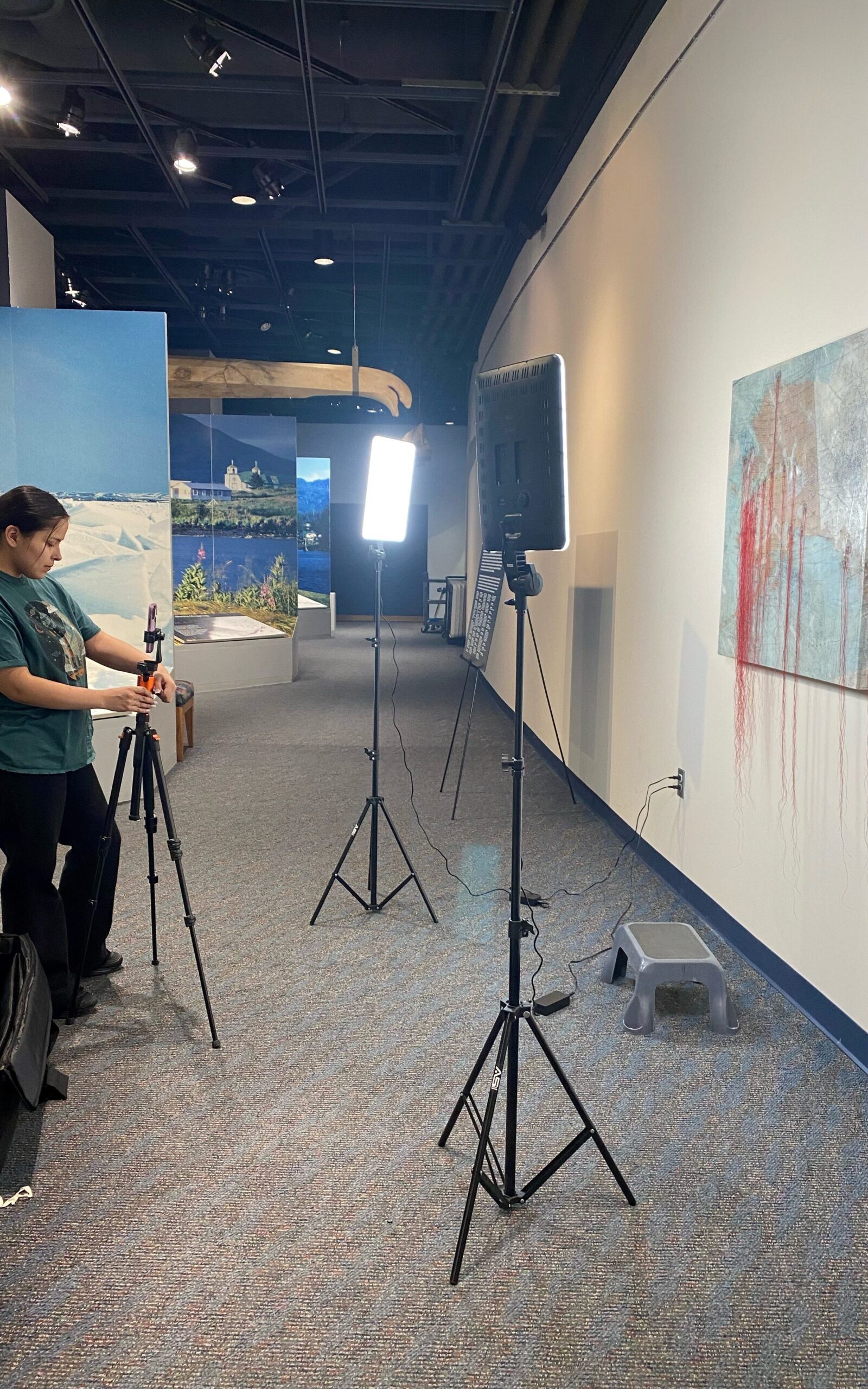` These past modules have given me a sense on why museums collect, if it within the museum’s collection policy, which is a core document in supporting the mission and vision of the museum, aesthetic purposes like some art galleries, educational aspects of a certain topic, to document evolution, or to try and create unity and compare. Museum collections consist of samples and collections of an array of objects including plants, paintings, human remains, sacred objects, maps, contemporary and traditional clothing to hunting items, books, and other items.
The way museums and other facilities came into possession of these items or cultural belongings were from researchers, scientists, archaeologists. Either going onto the field and collecting samples or documenting what they see and doing extensive research/ book diving or getting legally gifted ownership of a collection.
Whether it is a legal and ethical collection is another thing. This module assigned a reading about the British Museum and how there are items of significance that belong to a certain group/people or land. The article mentioned the Hoa Hakananai’a meaning lost, hidden or stolen friend. The stone figure or moai was given that name due to it being stolen during the Topaze expedition to Rapa Nui in 1868 in which this article also discusses other disputes happening within the museum and public.
As I was reading and listening to some of the lectures I have gathered, museum collections need certain permits to house objects or to even acquire and disburse an object or specimen to another museum; they may need regulations on holding certain animals, plants or paintings depending on the museum. So that it is lawful with the state and it follows along with the institution’s mission. Like following the guidelines;standards;rules of NAGPRA, 36 CFR 79, Federal Marine Mammal Protection Act of 1972, CY Pres Doctrine, Cultural and Natural Heritage, etc.
When reading Scientific Collecting and the ornithologists’ ethical theories and knowledge, they mentioned how one may feel morally;(ethically) when taking in an animal for documentation and scientific research. I came to think how us humans are examining animals for what. To better understand behavior, dietary, migration, mates? How much information do we already have and what more is needed from the already documented species? And just like the chapter states, how and why is it justifiable to take one’s life (an animal) just because it does not have the cognitive thinking or values we humans have.
My question is: Do you have expectations when going into a museum and seeing what they have on display from the collections? What do you think of when you see a collection of an exhibit focusing on a specific field or region? Do you go just to see the physical appearance? Do you read the displayed information to see if it may show the artist/provenance? What’s your main focus when you see a collection of natural history or contemporary art?

It’s interesting that you bring up expectations for museum visitors. I find that a lot of young people go to museums for the “Instagram” moments. (i.e how many times have you seen those florescent, feathered polar bears in the Anchorage Museum.) I’m not really sure how many folks are actually going to museums with the intention of learning. This is another reason why I love the Holocaust Museum in DC…it’s a museum where people are really focused on learning instead of taking photos.
I think when I visit museums I enjoy visual displays. I get a little bogged down with the reading materials in some museums. It feels like you should be able to move and walk around at a relaxed pace but not a stand-still. At places like UAMN, there is so much reading material as part of the exhibit that you really have to pick and choose which exhibits you want to spend time on. There is no way you could read everything in one day!